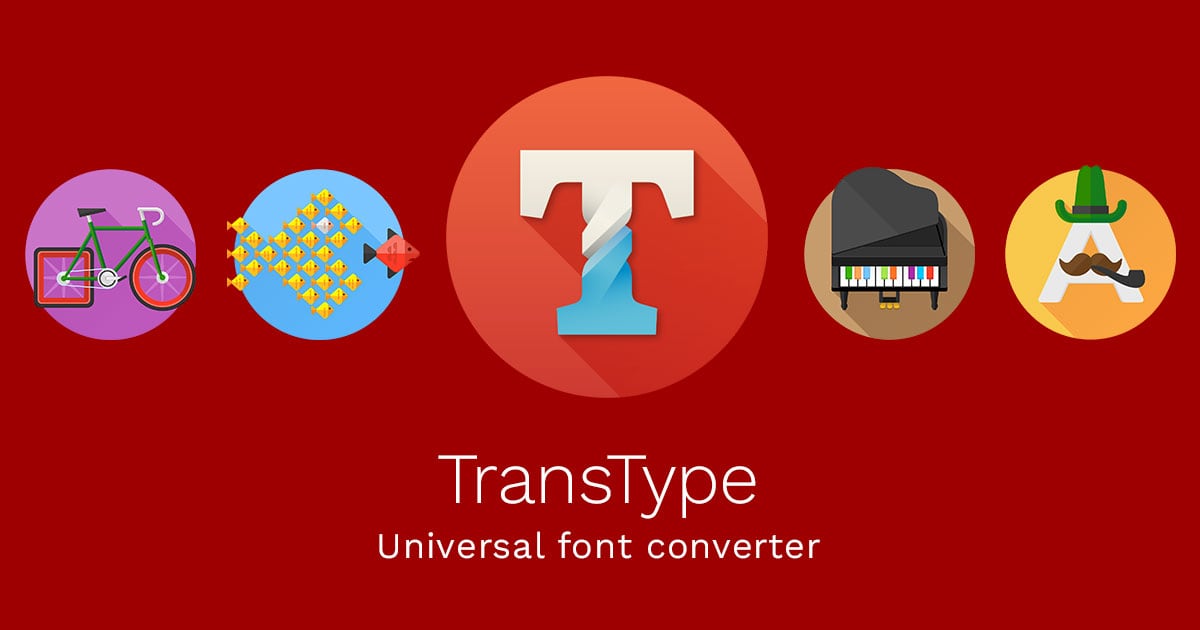Our IT department is pushing our large format division to migrate from Macs to Windows 10 workstations. In my experience, the biggest challenge will be fonts.
The Adobe applications seem to run the same on both platforms but we are always battling customer-supplied fonts. We are currently using Universal Type Client for font management and the Creative Cloud font feature on occasion.
What are other members of the Print Planet using? Have any of you moved from Mac to Windows? What were the challenges? Pitfalls? Benefits? We have years-old customer font folders that just plain work on the Mac but give us fits in Windows.
Short of requiring our clients to outline their fonts, are there ways to get through this? Even those clients who are savvy enough to supply print-ready PDFs often forget bleeds, or their files need editing before going to press.
Any input would be greatly appreciated.
In a way, you're right on time dealing with the cross-platform font issue, because
everybody in this business is going to have to go through their fonts, assess what they've got and set up a plan for dealing with fonts in the very near future.
The first thing to deal with will be sorting out types of fonts you have in-house. OpenType fonts are the Gold Standard, and should be separated from the rest of the fonts you have. They work on both Mac and PC platforms, so they should be separated out now — and if you ask me, used
exclusively for all your in-house created jobs starting today. They're also the only fonts you currently have which will be accepted when you move from your Mac and Windows systems.
Your Postscript Type 1 fonts? They're dead files walking. You would have to buy a complete matching set to do the same work with these fonts on your Windows systems, because none of your Mac Postscript fonts are compatible. I wouldn't bother, though. Adobe will stop supporting the standard this year, and most all of the independent type foundries are releasing OpenType versions of the same cuts.
If there's a Postscript font you use now that you've absolutely gotta have, replace it with an OpenType version and install it on both platforms.
There's nothing intrinsically wrong with TrueType fonts. It's just that many of them supplied by clients bought 1500 crummy ones from the bargain racks at Staples for $20. You generally get what you pay for, and most of those "bargains" are pure junk.
If you use a font management utility on your Macs, you know how much easier it is to work with only the fonts you need at any given time, and how much faster your system is when you don't have the
entire font library open on your Mac at one time.
It's the same for a Windows system. Buying seats of Suitcase or RightFont are not cheap, but it's far less costly than it will be dealing with the system and file overhead for carrying your entire font library in memory for production work. Your IT folks may fight you on this, because Windows by default offers you access to all your fonts, all the time. Their computers run fine, they'll tell you. Trust me on this — for yours, not so much.
And if you can, beg them to let you keep one Mac in reserve. On the rare occasion where nothing else will do, that single Mac in reserve will be the perfect tool to handling that trouble job. Not that the Windows systems couldn't eventually offer the fix; just that the Mac will in those rare instances let you do it faster.
Oh — client fonts? They're still going to be a misery. The difference will be you can't use your Mac client fonts anymore, you
will be able to use client PC fonts. And a PDF with embedded fonts will still (almost) always save you and your clients the aggravation.











